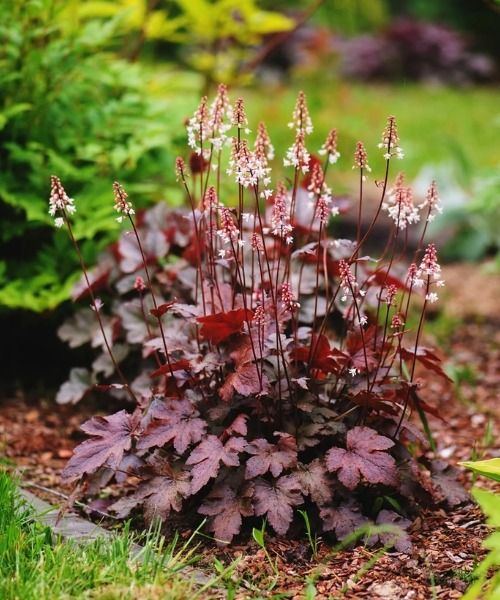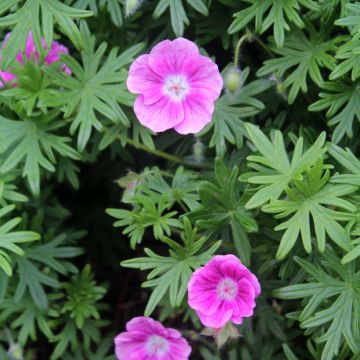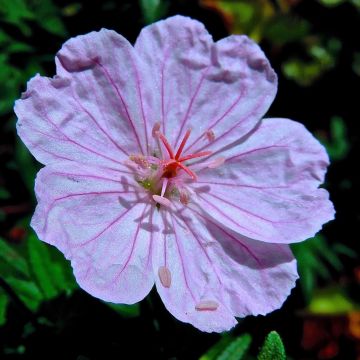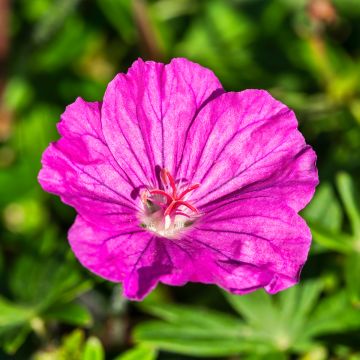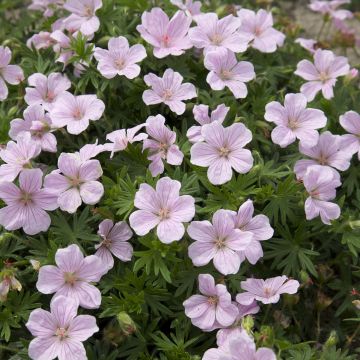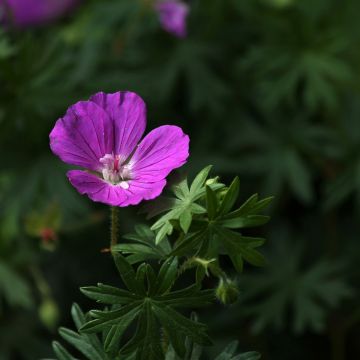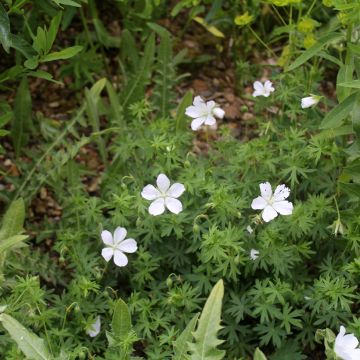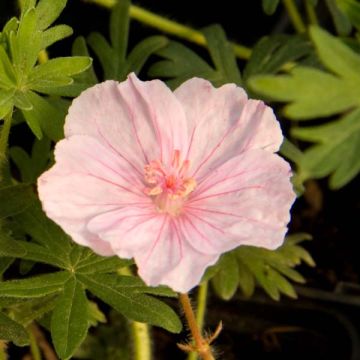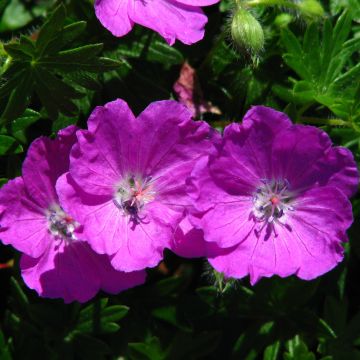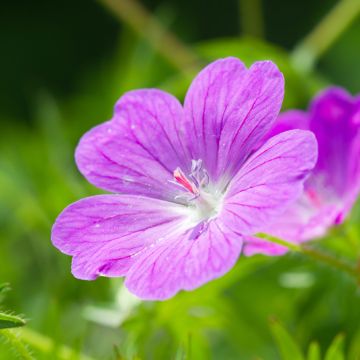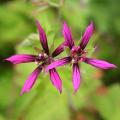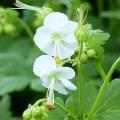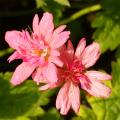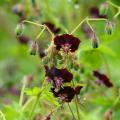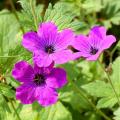Geranium sanguineum
Does this plant fit my garden? Set up your Plantfit profile →
Available in 3 sizes
Available in 3 sizes
Available in 1 sizes
Available in 2 sizes
Available in 1 sizes
Available in 2 sizes
Available in 1 sizes
Available in 1 sizes
Available in 2 sizes
Available in 2 sizes
Available in 1 sizes
Available in 1 sizes
Available in 1 sizes
Available in 1 sizes
Geranium sanguineum, also known as bloody cranesbill, stands out among the large tribe of perennial geraniums for its ability to thrive in almost any conditions, including rocky, poor, and dry summer soils. It is a resistant and very hardy perennial, which can be found growing spontaneously in rocky or gravelly limestone soils, in clearings or on the edge of woods. It has given rise to beautiful cultivars and hybrids, with a height ranging from 15 to 60 cm (6 to 24in), and colours ranging from pure white to intense purple-red, passing through various shades of pink and mauve. The bloody cranesbill generally blooms in successive waves during summer and until the beginning of autumn. It is also appreciated for its beautiful red foliage at the end of the season. Particularly adapted to dry Mediterranean gardens, it is also valuable on the edge of woodlands, where competition from the roots of bushes does not bother it. It is also welcome in sunny rockeries, on wild slopes, or in dry shaded areas of woodlands. This geranium self-seeds easily (not always faithfully) through other perennials.
Haven't found what you were looking for?



































